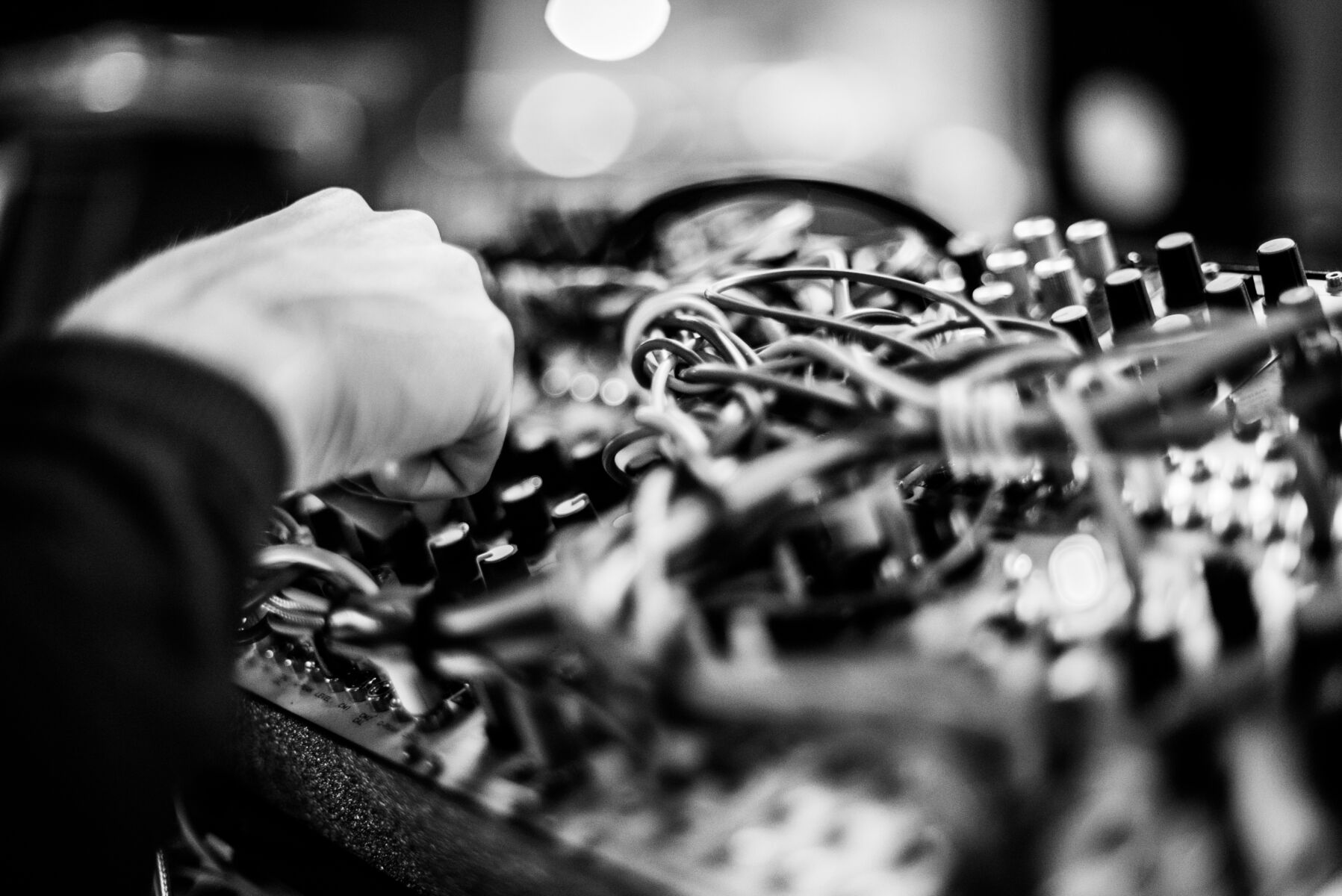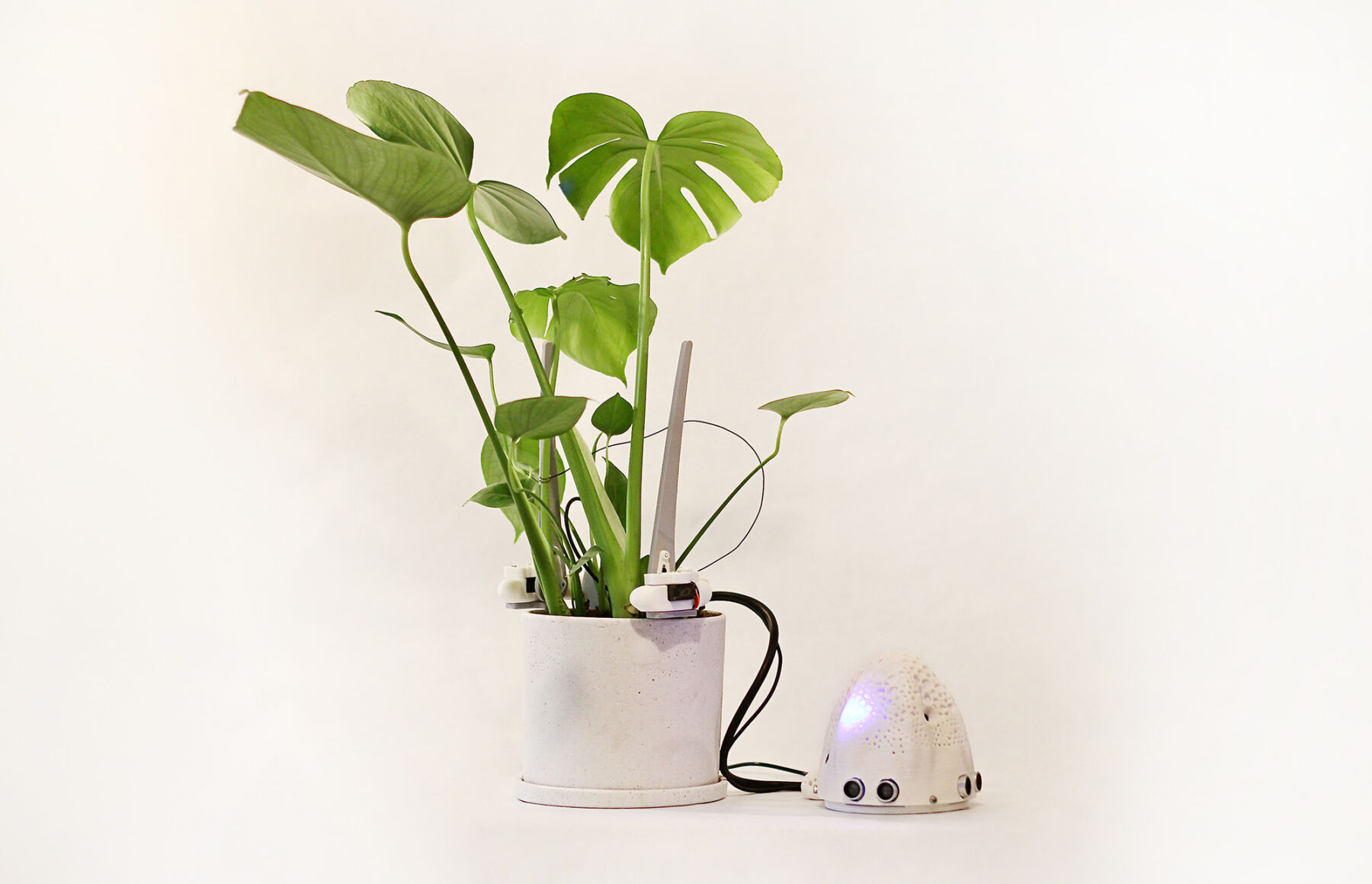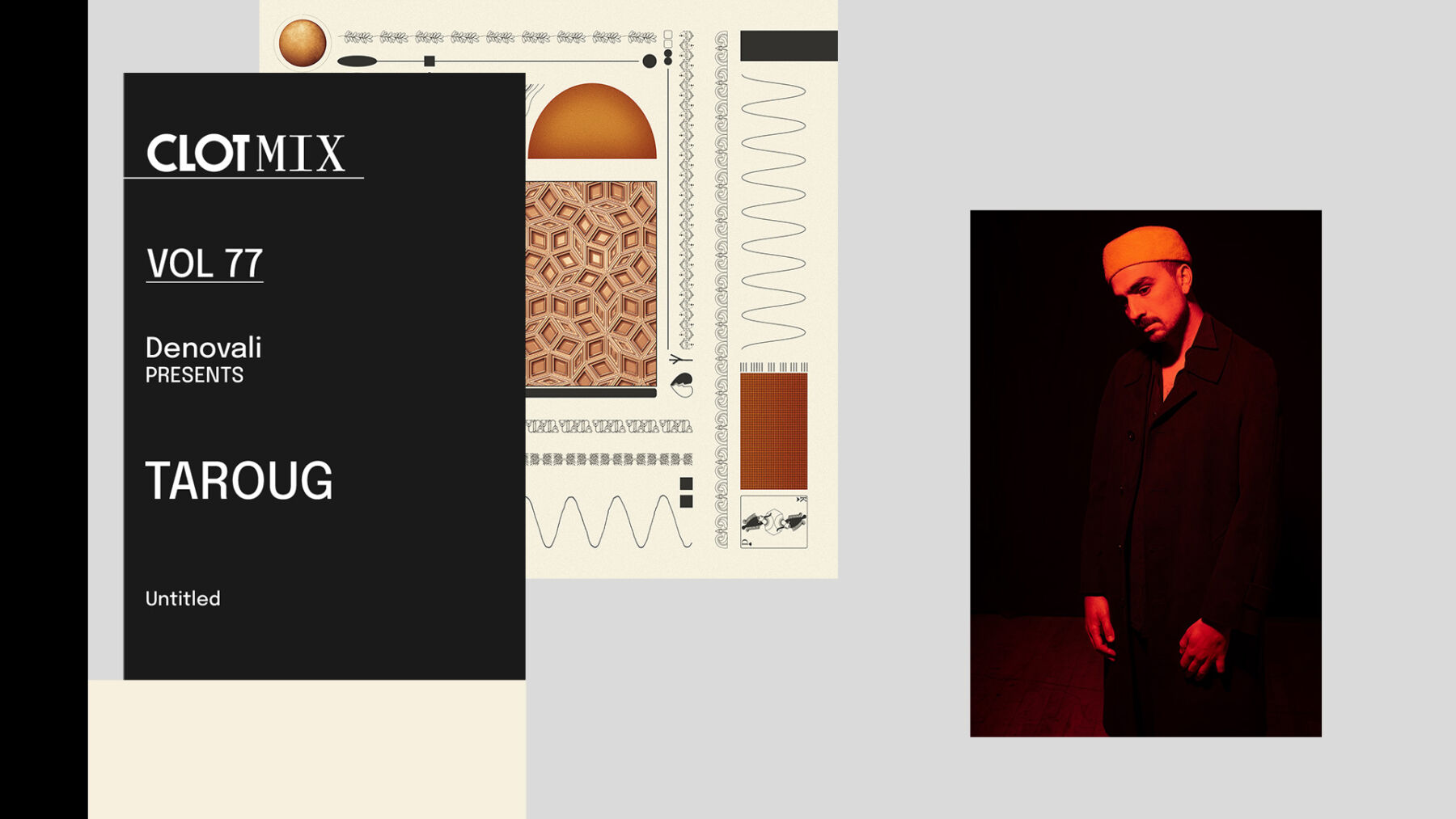Text by Agata Kik

Like the three spirals coiled within the triskelion, representing the relationship between the three realms of the Otherworld, Earth and Sky, once part of the old Druid belief system, so does the video triptych by artist Daisy Dickinson titled ‘Three Hundred and Thirty Three’ evoke the inexpressible space of the ‘in-between’. The recently released three parts of the video divulge the modern-day’s much muted, energetic exchange of the physical and the spiritual worlds. Going back to ancient wisdom and embodied knowledge to reconnect with the long-lost source of what it means to be a human being inhabiting earthly ecosystems, the artist explores memory while collapsing boundaries of space and time and enfolding different timescales into the place of shared presentness.
The artist herself comments on the work: I feel that our body has the power to evoke knowledge from ancient sites through ritual and harness vibrations from our surroundings. While conceptualising the 333 triptych, I was intrigued by the stories of the land: the witchcraft in Northumberland, the cup and ring markings left by our ancestors with no explanation, the stone circles arranged with such symmetry held a certain gravitas.
Through its elaborate experimental imagery and immersive sound, the work spirals through intensely intimate interzones of contact between the critters and inanimate components of the natural habitats. Accumulating archaeological traces, the work refuses chronology, fusing the effervescent with the earthly. The artist employs digital and analog technologies to capture the constant change and to manifest the movement of the material elements. One can almost hear the image speak, sensing the presence of vibrating matter, whose inaudible voice is a testimony of its self-conscious presence.
The sites captured in Three Hundred and Thirty Three are all found in North East England and date back almost 4000 years to Neolithic times, when it is widely believed the non-living elements of the natural world were as conscious as the animate beings. Through ritualistic performance, the artist unveils the queerness of the primordial nature shielded by the shadows of a dense forest or a rocky hill. Each of the three parts takes on a theme of one of the elements, including earth, water and fire.
Looking back at the production process, Three Hundred and Thirty Three is a highly collaborative project in which one can hear and see work by several different visual performers, musicians, composers, and a chamber orchestra. The films have been co-commissioned by Mediale and The Glasshouse International Centre for Music and developed and co-produced by From The Other. This groundbreaking commission kicked off a two-year partnership between The Glasshouse International Centre for Music (formerly Sage Gateshead) and international arts commissioner Mediale, which will support artists to make new work that combines music and technology in new constellations. The partnership supports artists in developing new work, innovatively combining music and technology, letting the audiences experience the interactions and crossovers of art and technology, and observing what new ideas might emerge in the space.
According to the artist, such an elaborate work would incorporate challenges in its production process: The first challenge was the vastness of the Northumbrian landscape – how to capture it, convey its magnitude, and evoke the strangeness of these ancient sites. The score and the performers were intrinsic to this realisation. Each artist’s interpretation and imagination allowed me to bring these three elements – the film, score and movement together, completing the spell. Each of these on their own has its own sense of place and significance, and I like that about them too – combined, they start to open a small window into the past if you allow it to. The backdrop of expansive wilderness, the standing stones and prehistoric carvings were an ever-present force throughout and coupled with the numeric symbolism involved in the filming, something interesting almost always ended up happening.
The first of the three chapters consists of an original score by composer-producer multi-instrumentalist Maxim Barron, a long-term musical collaborator with whom Daisy Dickinson constitutes audio-visual duo MATEKOI, a Strobe-soaked. Sonically spatialised (inhabiting) the space between. Besides part one features performances by violinist Takatsuna Mukai and dancer Thom Van Day. The shifting images are visually layered on top of each other, resembling the strata of the surrounding rocky surroundings, mixing lithology with the mythology of the site saturated with ancient stories. The reflections, like afterimages and geometrical patterns projected on each other, trace the marks left by prehistoric predecessors, including rocks and trees.
Drawing along spiralling contours and ceremonial circles, created once to retain the memory of the self as carved into the land, evokes the presence that once belonged to that place. In the same way, intertwined twigs and branches of trees act as traces of movement of these slow-paced critters. Even the bow of the violinist gets mixed within the mesh of branches. The strings shiver like veins of trees pumping up water according to their unhurried heartbeats. The instrument animates the quivering leaves, giving voice to the inanimate, underscoring the presence of the self-conscious matter. The sound and instrumental improvisation were recorded on site in Epping Forest, absorbing into the soundtrack resonance of the ancient woodland.
The music features field recordings from the landscape documented on film, and the artist adds: I spent a lot of time in the North East gathering footage and field recordings with Maxim Barron leading up to filming with the musicians and performance artists on location. The sweeping vistas, with their secret histories, ultimately fed the inspiration and energy in each film. Characters and their subsequent elements were invited to open a dialogue with the landscape or at least attempt to communicate through the ritualism synonymous with certain actions. The films were shot over nine days at esoteric points of significance around Northumberland, including Routing Lynn, Duddo Five Stones, Lordenshaw and Bamburgh Castle. The sites held many memories; the surrounding nature felt heavy and beguiled with a hidden mystique. I think this came across in the performances as we relied deeply on improvisation in response to the surroundings.
The images of vast space capture the whispering wind, which breathes life into the grassy field. At one point, the performer blows differently coloured powders into the air, which mix and collapse into space, like various timescales enfolding into a multidimensional present moment. The human hand traces textured forms and shapes; the touch makes man one with the land, which is of the earth and the air.
According to the artist, (…) the potential is endless as each individual’s interpretation and expression is unique. Being aware of the body, its capabilities and what surrounds it can reinforce identity. It’s our first point of connection with the world around us and, therefore, a vital device on which to navigate it. This is getting harder to define as technology merges with our experience at a rapid rate. The opportunity to work with natural elements such as people and places and tangible things makes it more personal to me, and I think you can always feel these human elements in a piece.
In the second part of the video work, one can submerge into the sonic scape of an original score by Ivor Novello and Simon Fisher Turner, performed by the Royal Northern Sinfonia, while visually following the body movement performances by performer-composer Kiik Amor and Japanese performance artist Junya Ishii. The water element saturates every scene, and the film starts with the shimmering surface of the sea, whose waves awaken the rocky land. Like the sand is being spilt out of the performer’s hand, memories dissolve into the timelessness of the space in between.
The perpetually falling drops of a waterfall stream, falling rivers like blood rush in the earth’s water veins. Water hits the stone, and one’s finger touches the water’s surface in stillness, creating circling shapes like a serpent mirroring the moving limbs of the dancer. A watery mouth of the sea spitting out white foam gives origin to the human form that descends to join the growth within the mesh of grassy land.
The final of the video triptych foregrounds fire, among other elements. The Royal Northern Sinfonia performs once more and is recorded playing an original score from Marta Salogni, constituting the soundtrack of the film’s part three. Musician and composer Nuha Ruby Ra performs visually. The body dances to the rhythm of flames while ashes are blown into the air. Playing with fire; candles lit; the flame flows on air like a lightweight liquid. Sparks from the bonfire are lost in space, searching for their flight; like unsettled fireflies, they illuminate what is lost to the darkness of the night.
Three Hundred and Thirty Three excavates magic and ceremonial symbolism of the old Celtic culture preserved deep below the ground, invisible at first to the human eye. The play of the elements is performed within the choreography of the land, revisiting places to re-enact past dreams. The artwork adds a new layer to the lost memories and those still thriving.
The video triptych blurs the boundaries of human history’s timeframes. There is also a live element to be added to the work in an exhibition format in the future, and the artist reveals: We are planning to exhibit the work in different ways, from projection installations and screenings to live performances with spatial audio to create an immersive experience beyond the cinema screen. The live show will feature extrapolated versions of the films with live soundtracks and performers present in physical form while removed from the visuals in an effort to distort the dimensions of what the films can be. Additional players will add space for more improvisation within the scores, and the visuals will be mixed live, responding to the sound and feeling of the space.










